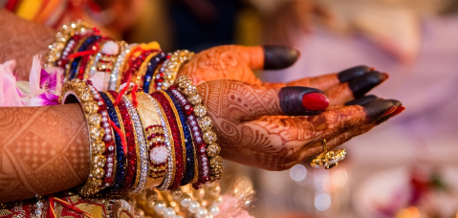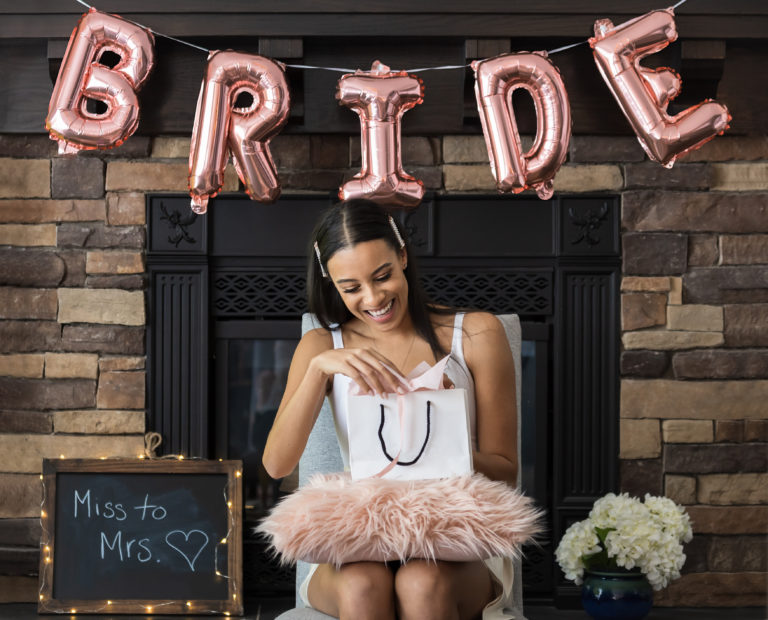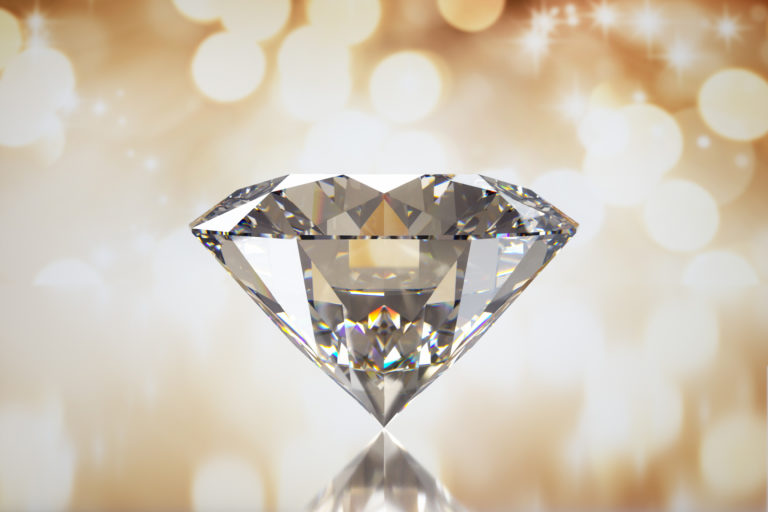Choosing the Right Diamond
As fun as diamond-shopping can be, there’s a lot more to it than meets the eye.
Clarity
Perhaps the most important factor in diamond selection, clarity can make all the difference to the appearance of your new stone. While low-clarity stones can be extremely affordable, they also aren’t very appealing to diamond aficionados. The diamond clarity scale ranges from I1, I2, and I3 (at the very bottom of the desirability range), to FL and IF (flawless). Flawless diamonds are a rarest and most expensive of all diamonds, but aren’t necessarily a must-buy, especially if you have a budget to stick to. Diamonds in the “I” range are almost never worth buying unless they are so small that their imperfections don’t matter (in accent stones, for example). Large “I” stones tend to have flaws that are visible even from a distance, and are often cloudy or glassy-looking.

When you go diamond-shopping, bring a lighted pocket-magnifier with you, especially if you are dealing with a jeweler you are unfamiliar with. Before settling on a stone that seems too good to be true, take a good look at it under your magnifier. If you are buying an uncertified stone, request to view it in natural light prior to purchasing. Under dim jewelry store lighting, even a poor quality stone can seem appealing at a first glance. If you are seeking a budget-savvy stone that still has good eye-appeal, an SI or VS stone should suit your needs. The inclusions in these stones are only be visible under magnification, giving you an affordable diamond that looks great from any normal distance.
Color
Diamonds come in a wide range of colors–some rare and desirable, others significantly less appealing. If you are shopping for a traditional clear diamond, then keep an eye out for yellow coloring in the stone you are considering. The diamond color scale ranges from D to M, with “M” being the least desirable. If you choose a “D” stone, your diamond will be blue-white and nearly colorless (highly sought-after amongst diamond-lovers). As with shopping for clarity, it is usually safe to choose a mid-range stone if you are looking for an appealing, affordable gem. Avoid “M” stones and lower, as these tend to be noticeably yellow, even dirty-looking. If the stone you choose is a little on the yellow-side, select a yellow gold setting rather than a white gold or platinum one. Yellow gold is more forgiving, whereas white gold accentuates any yellow by contrast.
Carat
Carat refers to diamond size, and is no indicator of quality. A large, low-quality stone will always be more affordable than its high-quality, smaller counterparts. As you begin diamond shopping, you will often hear “total carat weight: referred to. Total carat weight accounts for the combined size of all the stones on your ring rather than just your center stone. Accent stones are ten-a-penny, so don’t be fooled by a pricey ring that is made up of a myriad of accent stones rather than featuring a definitive center stone. A single ¼ carat stone is far better value for your money than ½ carat worth of combined accent stones.
Cut
The “cut” of your diamond refers to how well it reflects the light. A diamond with an excellent cut will reflect all of the light around it, appearing sparkling and brilliant. In contrast, a diamond with a poor cut needs a lot more help to sparkle. If you want your diamond to really stand out, keep cut in mind as you shop. Any diamond with a low-grade cut will need regular cleaning to maintain its superficial shine. Cut does not refer to shape, which is more a matter of personal preference.
Author Naomi Janelle Shaw is a journalist, beautician and full-time mom. Follow her on Facebook.




